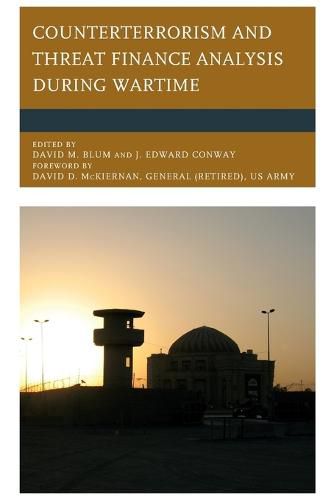This edited volume describes various analytic methods used by intelligence analysts supporting military operations in Iraq and Afghanistan as members of the Iraq and Afghan Threat Finance Cells-interagency intelligence teams tasked to disrupt terrorist and insurgent funding. All contributors have deployed to Iraq and/or Afghanistan and detail both the bureaucratic and intellectual challenges in understanding terrorist and insurgent finance networks and then designing operations to attack such networks via conventional military operations, Special Forces kill/capture targeting operations, and non-kinetic operations such as asset freezing or diplomacy. The analytic methods described here leverage both quantitative and qualitative methods, but in a language and style accessible to those without a quantitative background. All methods are demonstrated via actual case studies (approved for release by the U.S. government) drawn from the analysts’ distinct experiences while deployed. This book will be of interest to current or aspiring intelligence analysts, students of security studies, anti-money laundering specialists in the private sector, and more generally to those interested in understanding how intelligence analysis feeds into live operations during wartime at a very tactical level.





